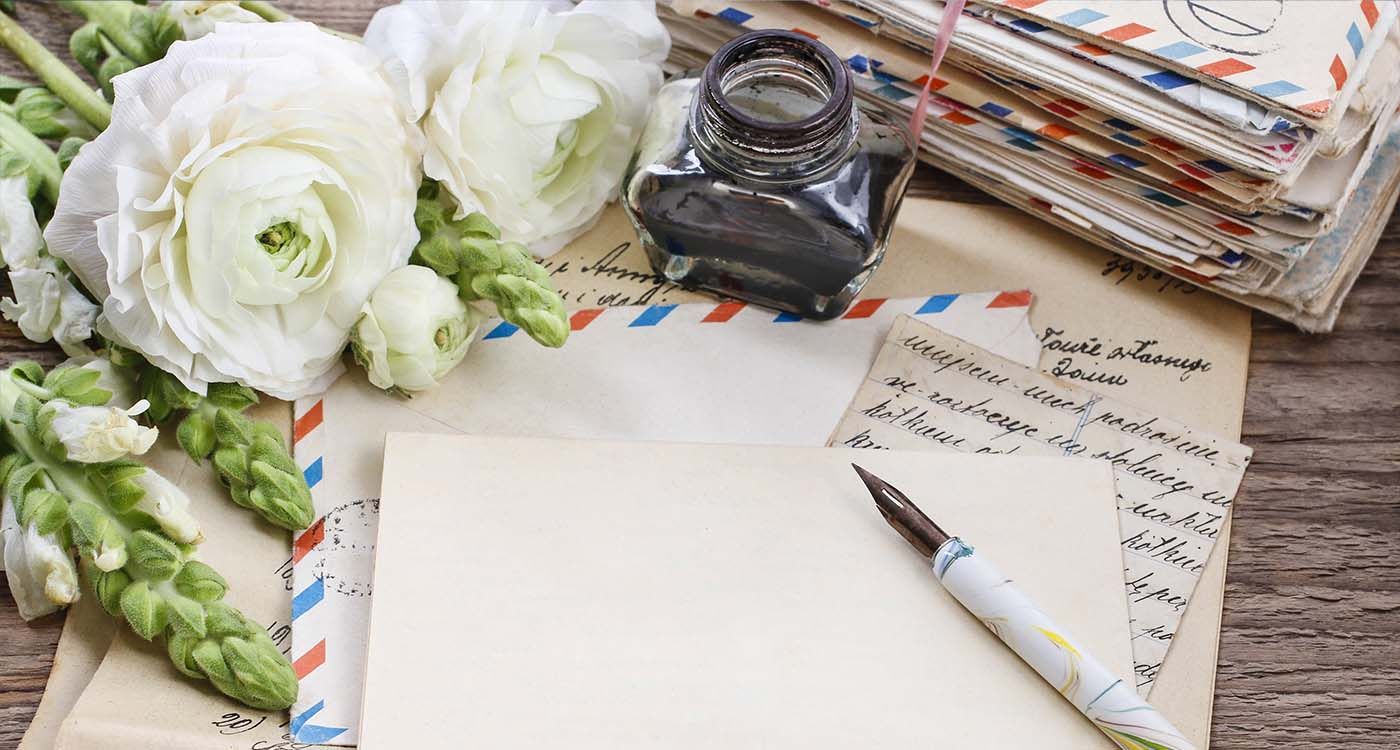
What if we could preserve a smell the way we preserve an image or a word? Today, scientists and artists are venturing into the mysterious realm of olfactory memory — that invisible thread linking scent to our deepest, most intimate memories.
Today, researchers, perfumers and artists are trying to capture these invisible traces. Rather than merely describing smells, they are now trying to recreate them. Like restoring a painting or documenting a dying language, their goal is to preserve the world’s disappearing aromas — those of the past and those vanishing before our eyes.
In an age saturated with images and sound, smell is a forgotten sense. Yet it cuts the deepest. A single whiff can unleash a long-buried memory, a surge of emotion. Think of Proust’s iconic madeleine dipped in linden tea. Its flavor, yes — but more precisely, its aroma — awakens a flood of childhood memories. That famous passage is not just about taste; but also about scent. The blended aroma of the cake and the infusion acts as a trigger. Proust intuited what science would later confirm: the nose is a shortcut to memory.
Among the most ambitious efforts to capture scent is Odeuropa, a European project launched in 2020. Using artificial intelligence, researchers analyze old texts — novels, newspapers, medical treatises — to detect mentions of smells from the 17th to 20th centuries. They have identified hundreds of them: the stench of battlefields, the incense of churches and the aromas of city streets and fiestas.
These historical scents are then interpreted by perfumers, who attempt to reconstruct them based on ancient descriptions or likely formulas. The aim? To build a comprehensive olfactory archive of Europe’s past.
A Memory of the World, Through the Nose
The project may sound fanciful. It brings to mind Perfume, the novel by Patrick Süskind, and its protagonist, Jean-Baptiste Grenouille, obsessed with capturing the ultimate scent. But where Süskind’s tale plunges into obsession, today’s researchers share a much more grounded intuition: that smell is a living memory, more visceral than words.

“Perfume” Patrick Süskind’s novel © DR
In Paris, museums such as Fragonard’s Musée de la Parfumerie and former Grand Musée du Parfum have created immersive olfactory experiences, recreating the scent of an 18th-century salon: beeswax, tobacco and powdered skin. In London, the Museum of London recreated the smell of the Victorian Underground and 19th-century factories. In Amsterdam, researchers have bottled the scent of the 17th-century canals — a pungent mix of fish, silt, sewage and tannins — captured in aromatic capsules.
But this work goes beyond sensory immersion. It raises cultural questions: which smells are worth preserving? Those of a souk, a bourgeois room, a lavender field? Or the harsher smells of a refugee camp, a hospital, a war zone? Choosing which scents to save is itself an act of memory — and sometimes of unconscious omission.
In Syria, memory is passed on through craft. In Aleppo, despite years of destruction, artisans continue to make the city’s iconic soap. Made from olive oil and laurel, it carries the scent of hammams, souks and a vanished way of life. Here, craftsmanship becomes an archive, and smell a silent thread of what used to be.
Recreating the past through scent isn’t easy. One challenge is technical: some aroma molecules degrade quickly over time. Others must be sealed in specially designed capsules to last decades. Companies like IFF and Firmenich are now collaborating with museums and universities to tackle this problem.
Another challenge is ethical. Should we attempt to preserve the smell of death, disease or war? Some scents are violent, even traumatic. Can everything be archived — and should it?
And yet, the movement is underway. UNESCO is considering recognizing certain scents as intangible cultural heritage. Japan already protects its incense ceremonies. In France, there are initiatives to classify rural odors — those of fishing ports, cow sheds, hayfields — as part of national heritage.
In an era of standardized perfumes, identical from Tokyo to Dubai, the search for olfactory diversity feels almost like an act of resistance. It reminds us that the world isn’t only seen or heard — it’s breathed. Archiving scents means defending a form of memory that travels through air and skin. It is a stand against a world turning entirely digital. It’s a way to keep our sensory world — and our emotional selves — alive.
Where to Smell Memory? Projects, Museums and Olfactory Experiences
Odeuropa (Europe)
Launched in 2020, Odeuropa is a Horizon 2020 research project using AI to extract scent references from European texts and artworks (1600–1920). It’s building the first-ever historical smell database. www.odeuropa.eu
Osmothèque (Versailles, France)
Founded in 1990, this is the world’s only scent archive. It houses over 4,000 perfumes, including lost fragrances like Coty’s Chypre (1917) and Napoleon’s Eau de Cologne. Visits by appointment. www.osmotheque.fr
Museum of London (UK)
In partnership with the collective purpleSTARS, the museum has developed multisensory exhibits that include historical scent experiences. Prototypes of olfactory experiences have been tested to enhance historical storytelling. www.museumoflondon.org.uk
International Flavors & Fragrances (IFF)
IFF designs fragrance capsules that preserve and release scents over time. Their technology is used in everything from personal care products to textiles. www.iff.com


Comments